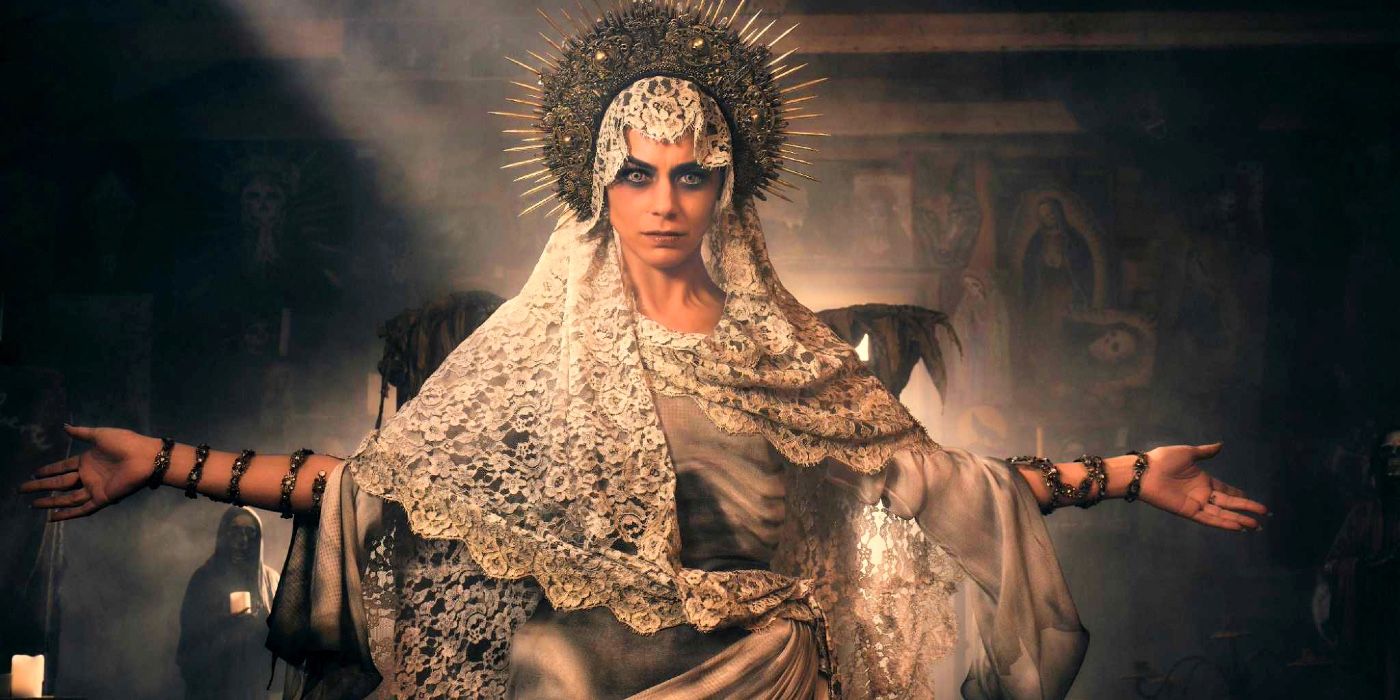John Logan’s spin-off show, Penny Dreadful: City Of Angels, continues the supernatural elements that were popularized by his original series in 2014, but often make the plot of the show so murky that it ultimately becomes weaker from their inclusion.
The decision to explore more of the city of Los Angeles and its cultural history was a marked departure from aspects of the original show, which ran for three seasons before Logan stated that the story was finished. Though the finale was polarizing to fans and controversial for many reasons, it remains popular years after being off the air. City of Angels continues the tradition of relying on full immersion in the time period being explored and creating a rich aesthetic and setting; the spin-off is set during the Golden Age of Hollywood, in 1938 Los Angeles as opposed to Victorian London. However, that’s not the only major difference. As the original show dealt with well-known literary characters such as Dorian Gray, Frankenstein, and even Dracula, City of Angels shows the racial tensions and roots of American history and uses supernatural elements to facilitate human conflict.
Click the button below to start this article in quick view.
Though this is not a bad way to bridge the gap needed to explore a time period that was full of major events, the supernatural influence of a shapeshifting demon and a traditional Hispanic deity – who are sisters, for the sake of the story – ends up packing too much into one season and weakens aspects of the show that could have been great with a little more restraint.
Natalie Dormer’s Four Characters Dilute City Of Angels’ Plot
While unmistakably a talented actress, Natalie Dormer’s four roles on City of Angels adds to the overall confusion in the plot, and spreads the show too thin. Every one of the four characters she plays – all of whom are forms taken by the demon Magda – has a hand in some aspect of the underlying tension of the city. Alex works alongside city government to obtain power and gain allies from the Nazi Party, who are trying to develop Los Angeles into a foothold. Rio is a pachuca who serves as one of the more prominent gang leaders and operates outside of a nightclub called The Crimson Cat. Elsa is a German immigrant who comes to America seeking refuge from WWI Germany, and poses as an abused wife in order to seduce her son’s pediatrician, Dr. Craft (Rory Kinnear), who is part of the German American Bund.
Each one of these characters certainly helps to further the plot, and serves as a testament to Dormer’s acting skill, but it opens up many pathways for storylines that go too far down their own roads to ensure everything still feels interconnected. Since the show has not yet been renewed for season 2 as of this writing, it’s possible that these storylines have segmented in such a way that Logan and the other writers of City of Angels can branch out to explore one specific element more closely, but overall, it makes the narrative difficult to follow and is overly ambitious for season 1.
Penny Dreadful: City Of Angels Has Too Many Storylines
Though Santa Muerte and Magda are at the epicenter of all humanity’s conflict, the different elements with Tiago, the Los Angeles Police Department’s first Mexican-American police officer, his family, the Nazi Party, a group of evangelists who proselytize through the radio, and political strife all co-exist in the same space and intersect through a murder mystery. It’s a hefty juggling act, and while it’s sensible to blame these growing tensions on a prophecy relayed in episode 1, “Santa Muerte”, by the deity herself, it seems a bit too far-fetched and not tidy enough to balance neatly. Since season 1 of Penny Dreadful: City of Angels is only 10 episodes long, there’s a lot of loose ends to tie up. Ultimately, the show could have relied less on the supernatural to explain away the human monsters at the spin-off’s epicenter, and focused on history instead.

